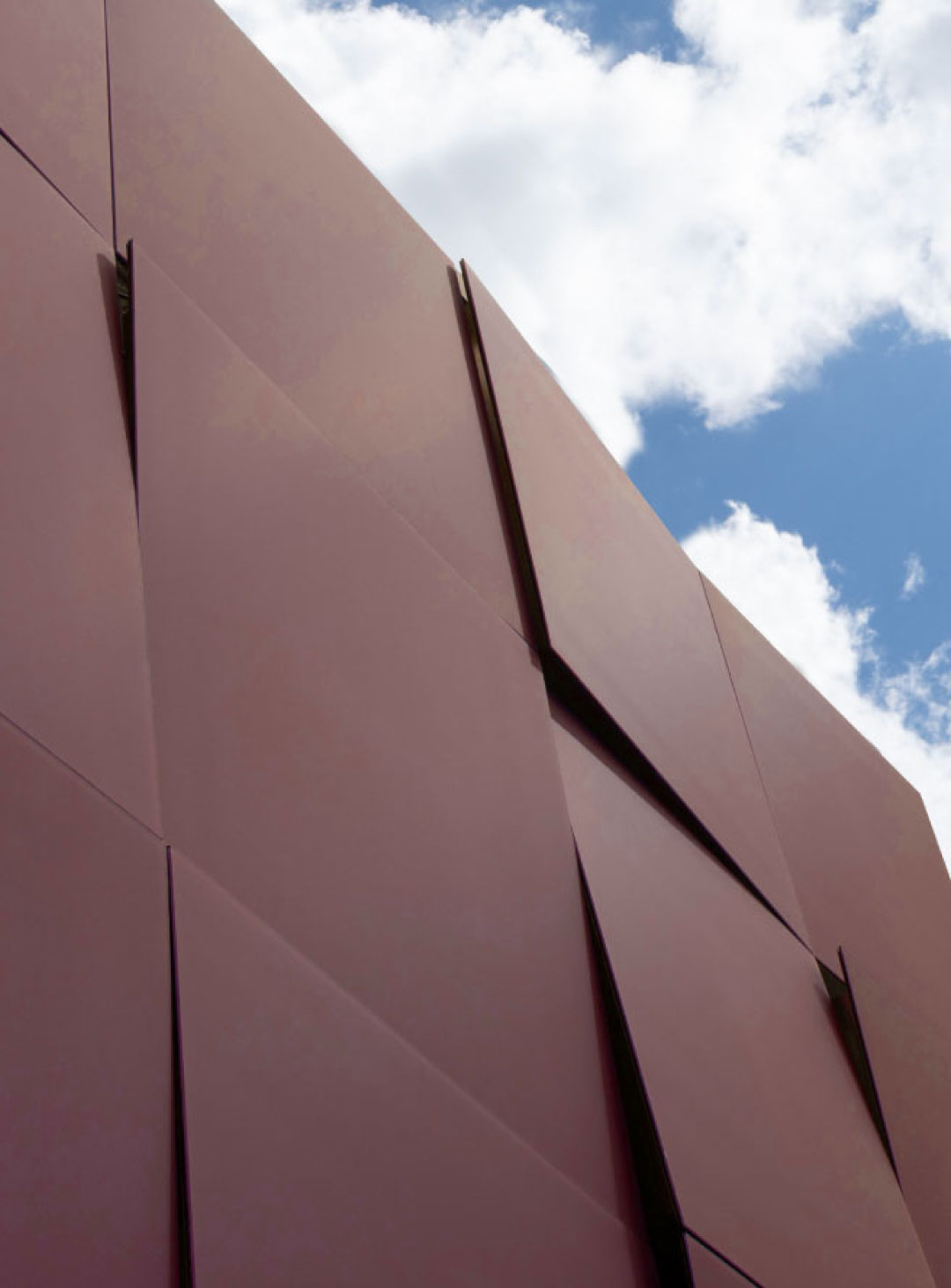
BIPV
November 19, 2025

In 2026, retrofitting isn’t just about aesthetic upgrades—it’s about complete transformation. Aging buildings are being reimagined as cultural landmarks, clean energy assets, and symbols of a city’s climate leadership. With funding programs, ESG pressures, and embodied carbon concerns accelerating retrofits, developers and owners are embracing building reuse as a form of architectural reinvention.
Mitrex in Action:
Mitrex BIPV solutions enable these complete transformations. Mitrex’s customizable Solar Facades are comparable in price to traditional materials and allow buildings to reinvent themselves with energy-generating building materials, all without sacrificing design intent and aesthetics: achieving a new look and meeting sustainability goals.
As climate regulations tighten, net-zero isn’t aspirational—it’s expected. New projects and major retrofits are being designed around carbon targets, and building systems that reduce emissions alone aren’t enough. To meet 2026 goals, buildings must generate clean power on-site while still meeting functional and aesthetic needs.
Mitrex in Action:
Mitrex BIPV allows every surface touched by the sun to generate clean energy, turning buildings into Micro Power Plants, helping offset carbon emissions and reach sustainability goals. In fact, Mitrex products can help buildings achieve 41 LEED points and serve as an essential component in buildings achieving sustainability targets.
The smart building revolution is extending to the skin of the structure itself. In 2026, owners and facility managers expect live feedback on energy performance, operational status, and maintenance—not just from HVAC (Heating, Ventilation, and Air Conditioning) systems, but from the facade.
Facades are now becoming data-producing assets, capable of integrating with broader energy monitoring and automation platforms.
Mitrex in Action:
Every Mitrex BIPV system comes with built-in performance monitoring, allowing users to view panel-level data in real time through Mitrex’s monitoring platform. Where building owners can monitor the system, see performance tracking metrics, schedule inspections, and more.
Labour shortages, safety risks, and compressed timelines are pushing more architects and developers toward off-site fabrication. Modular rainscreen systems reduce installation time, increase quality control, and improve cost certainty—making them ideal for multi-phase or deadline-driven projects.
In 2026, the industry is rapidly shifting toward repeatable, prefabricated, and performance-integrated systems—especially those that deliver more than just cladding.
Mitrex in Action:
Mitrex BIPV systems are engineered for flexibility and efficiency. Every product in the eFacade lineup (LITE, PRO, PRO+, and TILT) is manufactured at our Toronto location and shipped and ready to install the moment it lands on-site. The products can be installed with our Cladishield (Rainscreen) system or our Clafidab (Prefab) system.
Panels are available in a wide range of standardized and custom sizes with pre-assembled pieces reaching up to 10.7m (420 inches) long. This allows Mitrex products to fit the need of any building, whether it’s modular construction or bespoke projects. Check out the full details on https://www.mitrex.com/bipv/shapes-sizes
This dual approach gives developers and architects maximum freedom—whether they’re working on a landmark design or a high-volume, fast-paced rollout.
5. Biophilic and Human-Centred Design
As the post-COVID era redefines how we interact with buildings, there's a growing demand for environments that support mental health, creativity, and connection to nature. Biophilic design is evolving beyond greenery to include flowing forms, daylight integration, and material tactility.
Buildings in 2026 are expected to be both high-performance and emotionally resonant—reflecting their surroundings, welcoming occupants, and celebrating design.
Mitrex in Action:
2026 is shaping up to be a pivotal year in architecture: a shift from functional sustainability to expressive sustainability. The industry is demanding smarter systems, faster construction, and bolder design statements that don’t compromise environmental goals.
With a suite of modular, EPD-certified BIPV solutions including eFacade LITE, PRO, PRO+, and TILT, Mitrex is enabling a new generation of buildings that are responsive, regenerative, and remarkable.
View our full solar cladding catalogue: Download specs, EPDs, and certifications
News & Articles

This blog introduces eFacade TILT, Mitrex’s newest BIPV product that blends solar generation with architectural depth. Featuring tilted modules, 23 available colours, and seamless rainscreen system integration, TILT transforms flat walls into high-performance, three-dimensional assets.

This blog introduces eFacade TILT, Mitrex’s newest BIPV product that blends solar generation with architectural depth. Featuring tilted modules, 23 available colours, and seamless rainscreen system integration, TILT transforms flat walls into high-performance, three-dimensional assets.

This blog explores how Mitrex’s modular design, engineered mounting systems, and project-tested flexibility enable seamless solar integration with aging or occupied buildings. Use real retrofit case studies like the Loyola Residence at St. Mary’s University and 1154 Wilson Avenue, we show how BIPV can modernize façades without compromising aesthetics, performance, or occupants’ comfort.

This blog explores how Mitrex’s modular design, engineered mounting systems, and project-tested flexibility enable seamless solar integration with aging or occupied buildings. Use real retrofit case studies like the Loyola Residence at St. Mary’s University and 1154 Wilson Avenue, we show how BIPV can modernize façades without compromising aesthetics, performance, or occupants’ comfort.

This blog explores how eFacade LITE’s lightweight system is ideal for decarbonization and retrofitting/renovating aging facades - reducing operational costs, meeting ESG goals, all while providing a visually appealing facade.

This blog explores how eFacade LITE’s lightweight system is ideal for decarbonization and retrofitting/renovating aging facades - reducing operational costs, meeting ESG goals, all while providing a visually appealing facade.